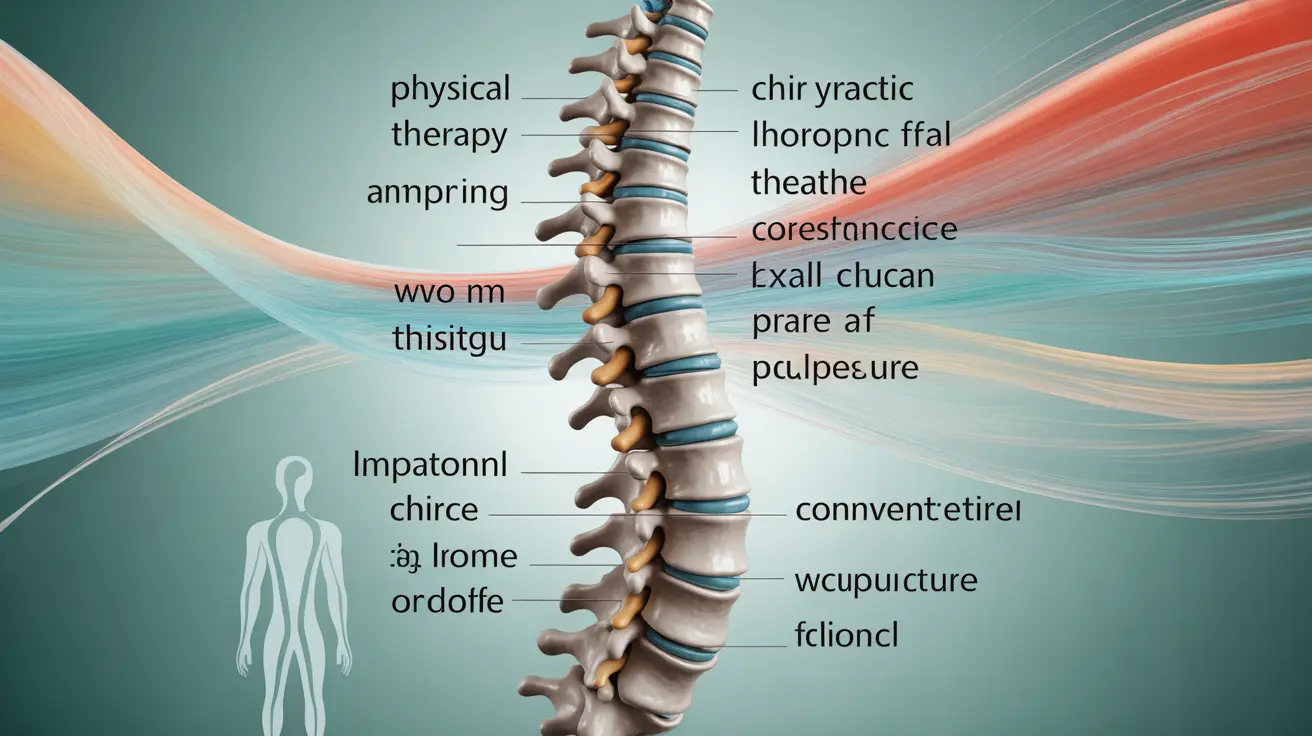Back surgery is often viewed as a definitive solution for chronic back pain, but medical experts increasingly emphasize the importance of exhausting conservative treatments before considering surgical intervention. While back surgery can be appropriate and even necessary in specific cases, understanding why it should be approached with caution can help patients make more informed decisions about their treatment options.
This comprehensive guide explores the risks associated with back surgery, alternative treatment approaches, and important factors to consider before proceeding with surgical intervention. We'll examine why many healthcare providers advocate for conservative management as a first-line approach to back pain.
Understanding the Risks of Back Surgery
Back surgery carries significant risks that patients should carefully consider before proceeding with surgical intervention. These risks include infection, bleeding, nerve damage, and the possibility of failed back surgery syndrome (FBSS). Additionally, the recovery period can be lengthy and challenging, often requiring extensive rehabilitation.
Potential Complications
Common complications from back surgery may include:
- Adverse reactions to anesthesia
- Post-operative infections
- Blood clots
- Persistent pain
- Adjacent segment disease
- Spinal fluid leaks
- Hardware failure in fusion surgeries
The Case for Conservative Treatment
Before considering surgery, patients should explore various non-surgical treatments that often prove effective in managing back pain. These conservative approaches typically carry fewer risks and can provide significant relief without the need for invasive procedures.
Effective Non-Surgical Alternatives
Many patients find success with these conservative treatment options:
- Physical therapy and targeted exercises
- Pain management techniques
- Chiropractic care
- Acupuncture
- Anti-inflammatory medications
- Lifestyle modifications
- Weight management programs
Factors Affecting Surgical Outcomes
The success of back surgery can be significantly influenced by various patient-specific factors. Understanding these elements is crucial for both healthcare providers and patients when considering surgical intervention.
Patient-Related Risk Factors
Several personal health factors can impact surgical outcomes:
- Age and overall health status
- Smoking habits and nicotine use
- Body mass index (BMI) and weight
- Bone density and quality
- Previous surgical procedures
- Underlying medical conditions
Failed Back Surgery Syndrome
Failed back surgery syndrome (FBSS) is a significant concern that occurs when surgical intervention does not provide the expected relief or leads to new complications. Understanding this potential outcome is crucial for making an informed decision about surgery.
Frequently Asked Questions
What are the most common risks associated with back surgery, and how can I minimize them?
The most common risks include infection, bleeding, nerve damage, and failed back surgery syndrome. These risks can be minimized by choosing an experienced surgeon, following pre-operative instructions carefully, maintaining good health before surgery, and committing to proper post-operative care and rehabilitation.
Why should back surgery be considered only as a last resort for treating back pain?
Back surgery should be considered a last resort because many patients can achieve significant pain relief through conservative treatments without the risks of surgery. Additionally, surgery is irreversible and may lead to complications or failed back surgery syndrome, making it prudent to exhaust non-surgical options first.
What are some effective non-surgical alternatives for managing chronic back pain?
Effective non-surgical alternatives include physical therapy, exercise programs, pain management techniques, chiropractic care, acupuncture, medication management, and lifestyle modifications. These approaches often provide significant relief without the risks associated with surgery.
How do factors like age, obesity, and smoking status impact the success of back surgery?
These factors significantly influence surgical outcomes. Advanced age can affect healing capacity, obesity increases surgical risks and complicates recovery, and smoking impairs healing and increases the risk of complications. Managing these factors before surgery can improve outcomes.
What are the typical signs of failed back surgery syndrome, and how is it treated?
Failed back surgery syndrome typically presents as persistent or new pain following surgery, reduced mobility, and decreased quality of life. Treatment options include pain management, physical therapy, nerve blocks, spinal cord stimulation, and in some cases, revision surgery.




